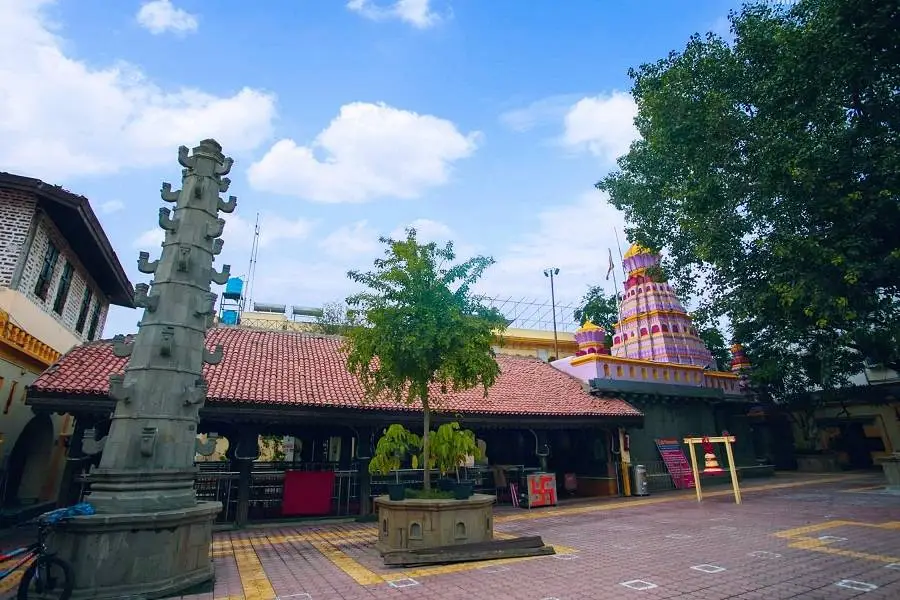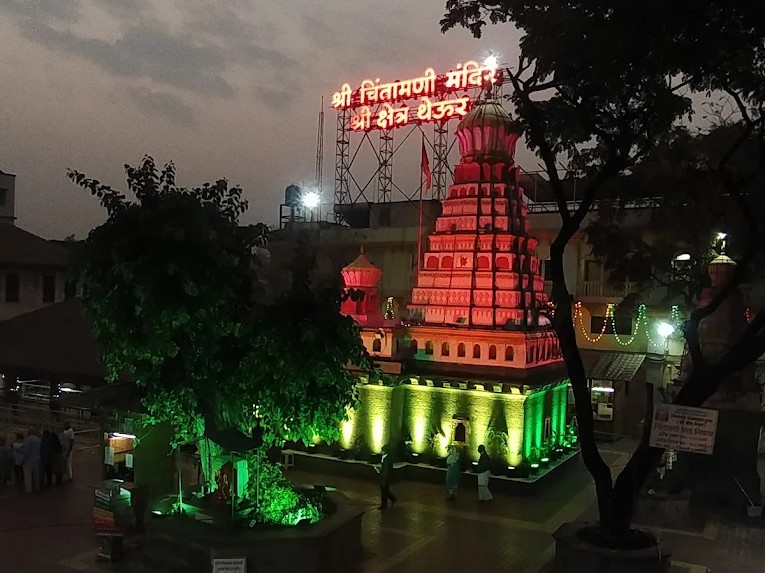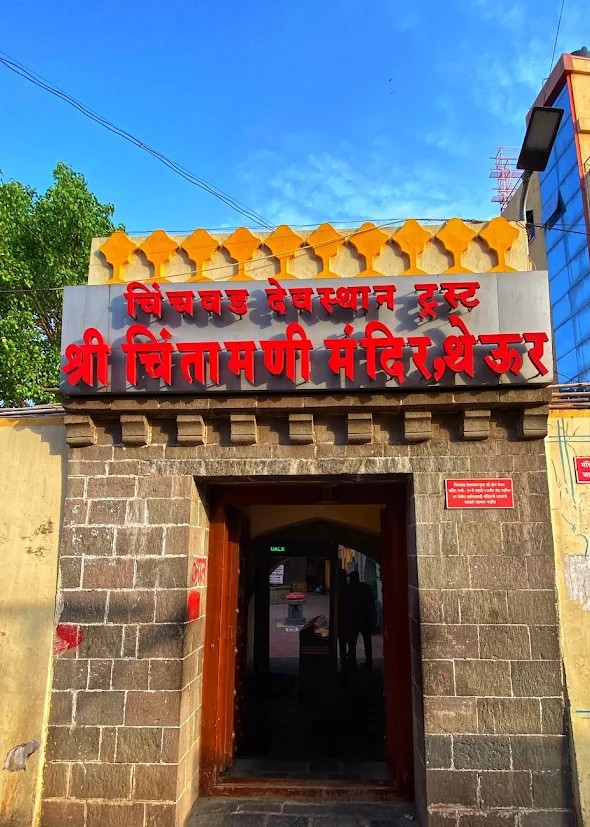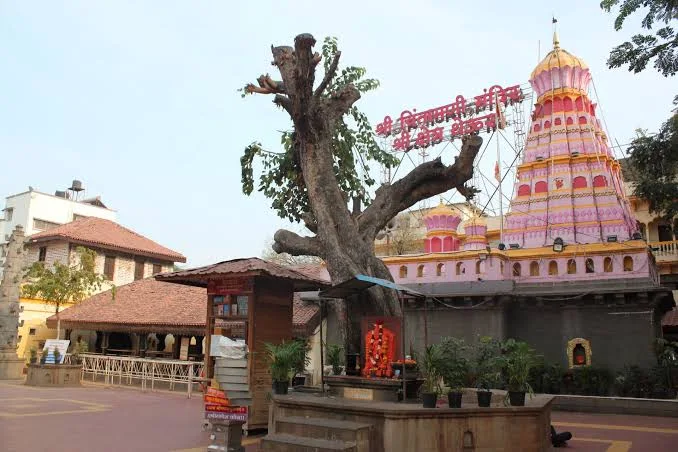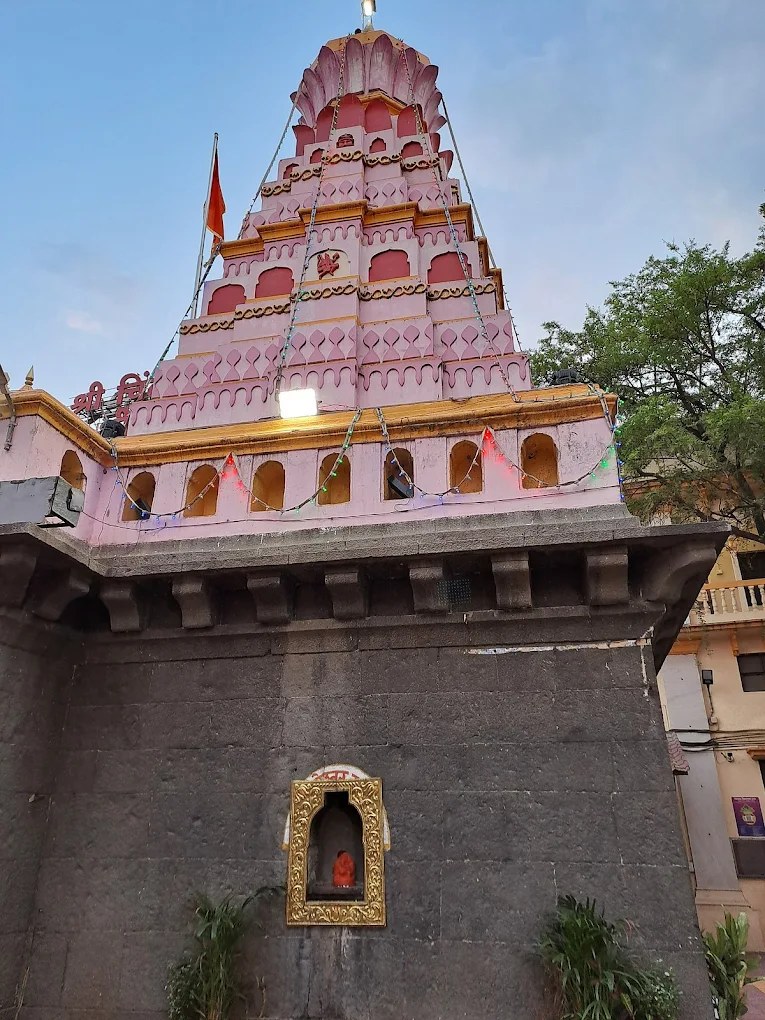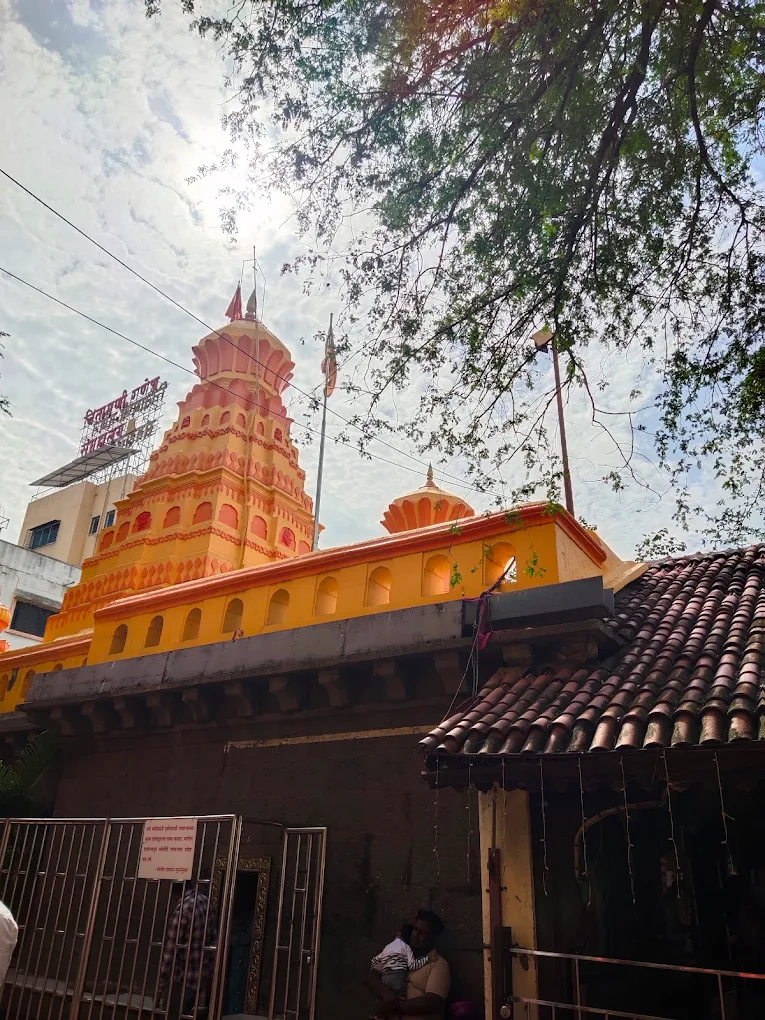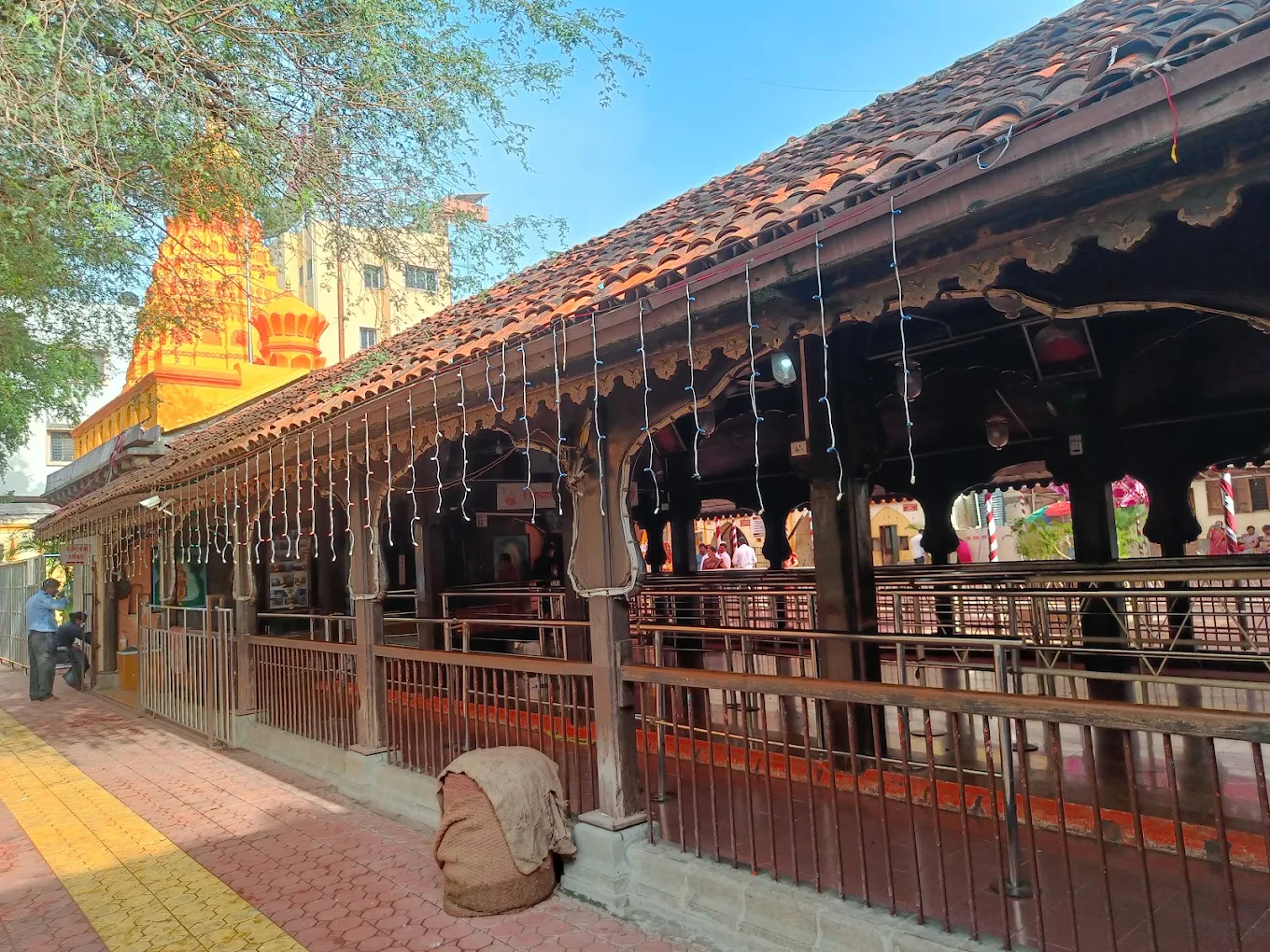Shree Chintamani Vinayaka Temple Theur
About Shree Chintamani Vinayaka Temple Theur
Read MoreTemple Timings and Details
-
 Darshan Timings
Darshan Timings
Morning :- 6:00 AM to 1:00 PM
Evening :- 2:00 PM to 10:00 PM
-
 Aarti Timings
Aarti Timings
Morning Aarti – 07:30 AM
Afternoon Aarti – 12:30 PM
Evening Aarti – 08:30 PM
-
 Dress Code
Traditional and Formal clothing
Dress Code
Traditional and Formal clothing
-
 Photography
Allowed
Photography
Allowed
-
 Prasad
Available
Prasad
Available
-
 Festival
Festival
Ganesh Chaturthi ( 19 September 2023)

